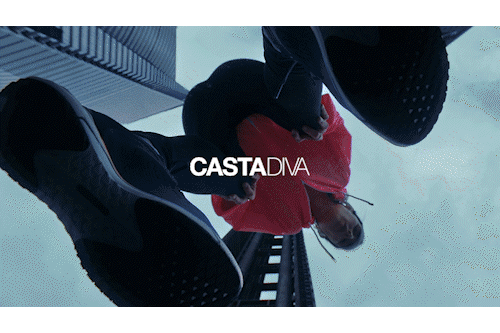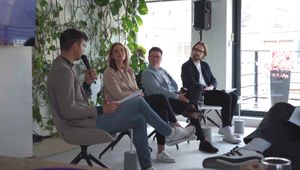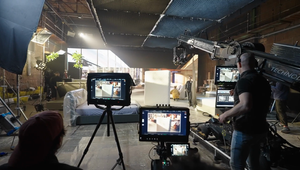
New Talent: Stuart Wheeler

They say you should love what you do, and Smoke & Mirrors colourist Stuart Wheeler certainly does. But Wheeler’s career in telecine has been touched by romance in some rather more unexpected ways – it was an artistic ex who first got him interested in aesthetics and tone. As a runner Wheeler would spend his nights tagging along with telecine operators to learn his craft, and now he’s an up-and-coming star at Smoke+Mirrors.
LBB> Where are you from and what’s your background? Were you into art or film as a child?
SW> I was raised on a farm in the middle of Florida - there wasn't much talk of art or any of this kind of stuff back then.
After college I dated a painter for a long time and it was then that I developed an opinion for what I liked and disliked or whether something worked or didn't work. That mostly came from all the museums and shows we visited and listening to endless talk about context, style and quality. Naturally you start to have favourites and begin to stare at the ones you love - I think that's how you know if something is good - if it holds your attention.
LBB> How did you get into colour work and what is it about being a colourist that you enjoy?
SW> It was sort of by accident. I started at The Mill - first as a runner and then as an assistant. I had never heard of Telecine. Fergus McCall was the senior colourist there and he was a big influence - very supportive when it came to someone showing an interest in the field. After my shift as a runner, I used to stay and watch the night colourist work – he was just getting started and was nice enough to let me sit in on his sessions. Eventually I started to handle the film and that made me a good candidate when an assistant position opened up. Back then it was all film based and in some ways much more technical than it is today. After this I worked for a fashion/beauty house (Box Studios) under a colourist named Pascal Dangin. It was here that I really started to find my own way and develop the skills for establishing looks and understanding what it was all about - that was an adventure to say the least...
Being a colourist allows you to take something ordinary (like a soda commercial) and make it as beautiful as it can be - to put it up on a pedestal and let people enjoy it without making them intimidated or nervous about it. I enjoy that.
LBB> Of the projects you’ve been involved in in the last 12 months, which have been the most satisfying to work on and why?
SW> There was a Mountain Dew job recently that felt really good - it was a tie in with the Dark Knight Rises movie. I was really happy with the way that one finished. I can watch it after a month or so and it still feels just right. Pfizer was also a great job. Janusz Kaminski shot that. He set the initial look but was really open to letting the creative director and I play around with the various looks. It's that kind of collaboration that makes this job fun.
I would say that the most satisfying jobs are the ones where there is a lot of collaboration in the room. I believe that everyone is creative and it's fun to hear the different ways that people express themselves. I try to keep the room relaxed during session and make sure that people know that they are welcome to speak freely about what they see or want.
LBB> Aside from your work as a colourist, what do you get up to?
SW> Riding my bike and going away for the weekend.
LBB> Given the proliferation of filter apps for smartphones (like Instagram, for example), do you think this undermines the colourist’s craft or do you think it gives the wider population a better appreciation of the importance of colour?
SW> I think they're great. They've made the snapshot special again. Does it undermine the colourist's craft? No. It gives people an appreciation or a reference for something that has a 'style' - it raises expectations so it also raises the bar. Accomplishing that 'look' is a whole different story. Sometimes people might get lucky and push a button or play around and - there it is - it looks great; but delivering something that the client has asked for is the tricky part. Working with the client in the room to get them to a point where everyone is happy - that's the challenge, and it can be a very technical one. And then there’s the fact you have to wrangle the rest of the shots into the same world so that it works as a whole. The apps are not competition; I think they’re inspiration.
LBB> Are there any trends or developments that are getting you really excited at the moment?
SW> I love the move away from film. Obviously it's a very sad thing in a lot of ways but it opens up the field to a whole new group of talented and passionate people who have a lot of fun things to offer. Film and the machinery and all that went with it had a very limiting effect – maybe some of this will now become more available to more people.















